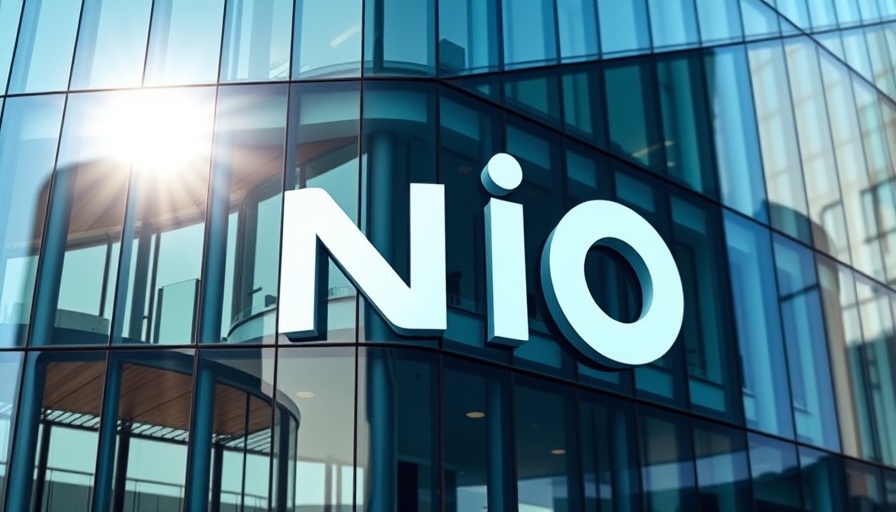
Nio’s Cost-Cutting Strategy: A Response to Increasing Losses
Nio, the Chinese electric vehicle manufacturer, is facing challenging times as it announces a wider net loss, prompting the company to implement strategic cost-cutting measures. Investigations reveal that the significant financial drain is primarily attributed to substantial investments in its new sub-brands, Onvo and Firefly, alongside its ambitious battery swapping initiative. As the electric vehicle market continues to evolve, Nio's approach raises critical questions about sustainable growth in a competitive landscape.
Understanding the Market Dynamics
The current global electric vehicle (EV) market is dominated by intense competition and shifting consumer preferences. With the rise of rivals like BYD and Tesla, Nio’s ability to maintain its foothold relies heavily on innovative technology and efficient cost management. The pressures highlighted by Nio’s financial status underline the necessity for automotive companies to adapt quickly to market demands and consumer expectations.
The Investment Dilemma: Risk vs. Reward
Nio’s decision to invest heavily in new product lines and infrastructure can be seen as a double-edged sword. While investing in Onvo and Firefly aims to capture new market segments and enhance consumer choice, these ventures come at a significant cost. Many startups and established brands alike find themselves in a similar position, weighing the potential returns of innovation against the financial risks of such undertakings. This balancing act is essential for success in the burgeoning automotive sector.
Cost-Cutting Measures: How Will They Impact the Future?
With Nio's pledge to cut costs, the question remains: how will these reductions affect the overall business model? By streamlining operations, Nio aims to reduce overhead while still pushing forward with cutting-edge technologies. However, dealership owners and automotive sales professionals should pay close attention to how these changes could impact product availability, pricing strategies, and customer service delivery. Efficiency can lead to better profit margins, but at what cost to innovation and customer satisfaction?
Lessons for Dealerships: Adapting to a Changing Landscape
Dealership owners and GMs can learn essential lessons from Nio's situation. The focus should be on training and cultivating a skilled workforce capable of navigating the evolving landscape of auto sales. Emphasizing auto salesman training and car sales training can equip teams to better understand product offerings and market demands, enabling them to adapt to changing customer needs effectively.
Conclusion: A Call to Action for Dealerships
As Nio embarks on a path of cost-cutting, the larger automotive market is watching closely. For dealers, it’s a timely reminder to invest in workforce development and operational efficiency. Not only do these elements foster resilience, but they also prepare teams to excel in a relatively volatile market. Stay engaged with ongoing training and seek insights into market trends to enhance your dealership's agility. Transform challenges into opportunities by prioritizing advanced auto sales training.
 Add Row
Add Row  Add
Add 




Write A Comment